In the first part of this series, pv magazine reviewed the productive lifespan of solar panels, which are quite resilient. In this part, we examine residential solar inverters in their various forms, how long they last, and how resilient they are.
Inverters, which convert the DC power produced by solar panels into usable AC power, can come in a few different configurations.
The two main types of inverters in residential applications are string inverters and microinverters. In some applications, string inverters are equipped with module-level power electronics (MLPE) called DC optimizers. Microinverters and DC optimizers are generally used for roofs with shading conditions or sub-optimal orientation (not south-facing).
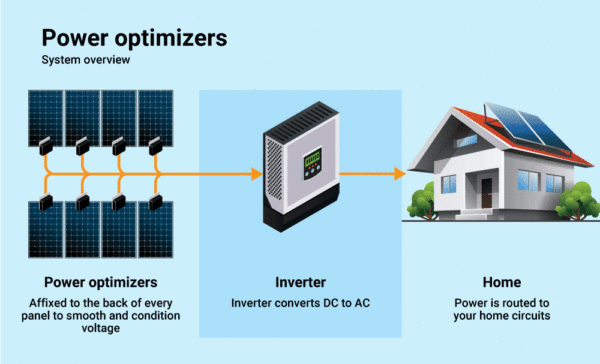
Image: Solar Reviews
In applications where the roof has a preferable azimuth (orientation to the sun) and little to no shading issues, a string inverter can be a good solution.
String inverters generally come with simplified wiring and a centralized location for easier repairs by solar technicians. Typically string inverters are less expensive, according to Solar Reviews. Inverters can typically cost 10% to 20% of the total solar panel installation, so choosing the right type is important.
How long do they last?
While solar panels can last 25 to 30 years or more, inverters generally have a shorter life, due to more rapidly aging components. A common source of failure in inverters is the electro-mechanical wear on the capacitor in the inverter. The electrolyte capacitors have a shorter lifetime and age faster than dry components, said Solar Harmonics.
EnergySage said that a typical centralized residential string inverter will last about 10-15 years, and thus will need to be replaced at some point during the panels’ life.
String inverters generally have standard warranties ranging from 5 to 10 years, many with the option to extend to 20 years. Some solar contracts include free maintenance and monitoring through the term of the contract, so it is wise to evaluate this when selecting inverters.
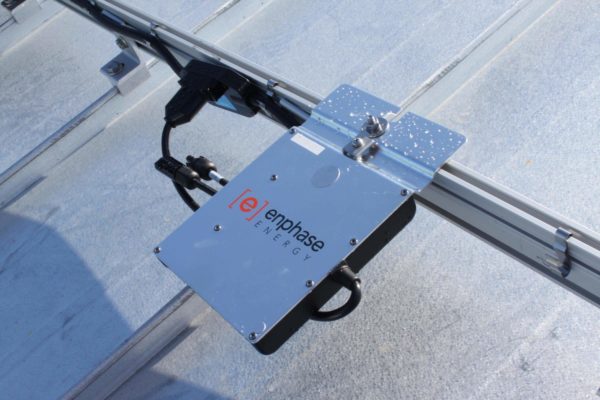
Image: Enphase Energy
Microinverters have a longer life than string inverters. According to EnergySage, microinverters can often last 25 years, nearly as long as their panel counterparts. Roth Capital Partners said its industry contacts generally report microinverter failures at a substantially lower rate than string inverters, though the upfront cost is generally a bit higher with microinverters.
Microinverters typically have a 20- to 25-year standard warranty included. It should be noted that while microinverters have a long warranty, they are still a relatively new technology in the past ten years or so, and it remains to be seen if the equipment will fulfill its 20+ year promise.
The same goes for DC optimizers, which are typically paired with a centralized string inverter. These components are designed to last for 20 to 25 years and have a warranty to match that time period.
As for inverter providers, a few brands hold dominant market share. In the United States, Enphase the market leader for microinverters, while SolarEdge leads in module-level power electronics (MLPE) and power optimizer-based inverters. Tesla has been making waves in the residential string inverter space, taking up market share, though it remains to be seen how much of an impact Tesla’s market entry will make, said an industry note from Roth Capital Partners.
(Read: “U.S. solar installers list Qcells, Enphase as top brands“)
Failures
A study by kWh Analytics found that 80% of solar array failures occur at the inverter level. There are numerous causes of this.
According to Fallon Solutions, one cause is grid faults. High or low voltage due to grid fault can cause the inverter to stop working, triggering the circuit breakers or the fuses to activate to protect the inverter from high-voltage failure.
Sometimes failure can occur at the MLPE level, where the components of power optimizers are exposed to higher temperatures on the roof. If reduced production is being experienced, it could be a fault in the MLPE.
Installation must be done properly as well. As a rule of thumb, Fallon recommended that the solar panel capacity should be up to 133% of the inverter capacity. If the panels are not properly matched with a correct-size inverter, they will not perform efficiently.
Maintenance
To keep an inverter running more efficiently for a longer period, it should be installed in a cool, dry place with lots of circulating fresh air. Installers should avoid locating inverters in direct sunlight, though specific brands of outdoor inverters are designed to withstand more sunlight than others. And, in multi-inverter installations, it is important to be sure there is proper clearance between each inverter, so that there isn’t heat transfer between inverters.
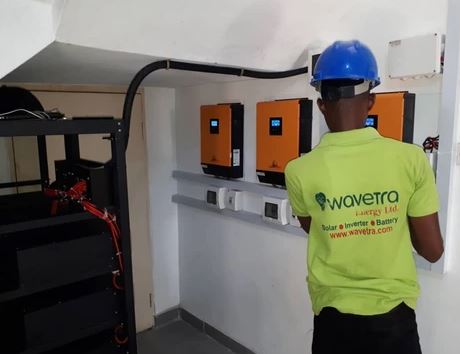
Image: Wikimedia Commons
Image: Wikimedia Commons
It is a best practice to inspect the outside of the inverter (if it is accessible) quarterly, making sure there are no physical signs of damage, and all vents and cooling fins are free from dirt and dust.
It is also recommended to schedule an inspection through a licensed solar installer every five years. Inspections typically cost $200 to $300, though some solar contracts have free maintenance and monitoring for 20 to 25 years. During the checkup, the inspector should check inside the inverter for signs of corrosion, damage, or pests.
In the next installment of the series, pv magazine will examine the life of residential battery energy storage applications.
This content is protected by copyright and may not be reused. If you want to cooperate with us and would like to reuse some of our content, please contact: editors@pv-magazine.com.
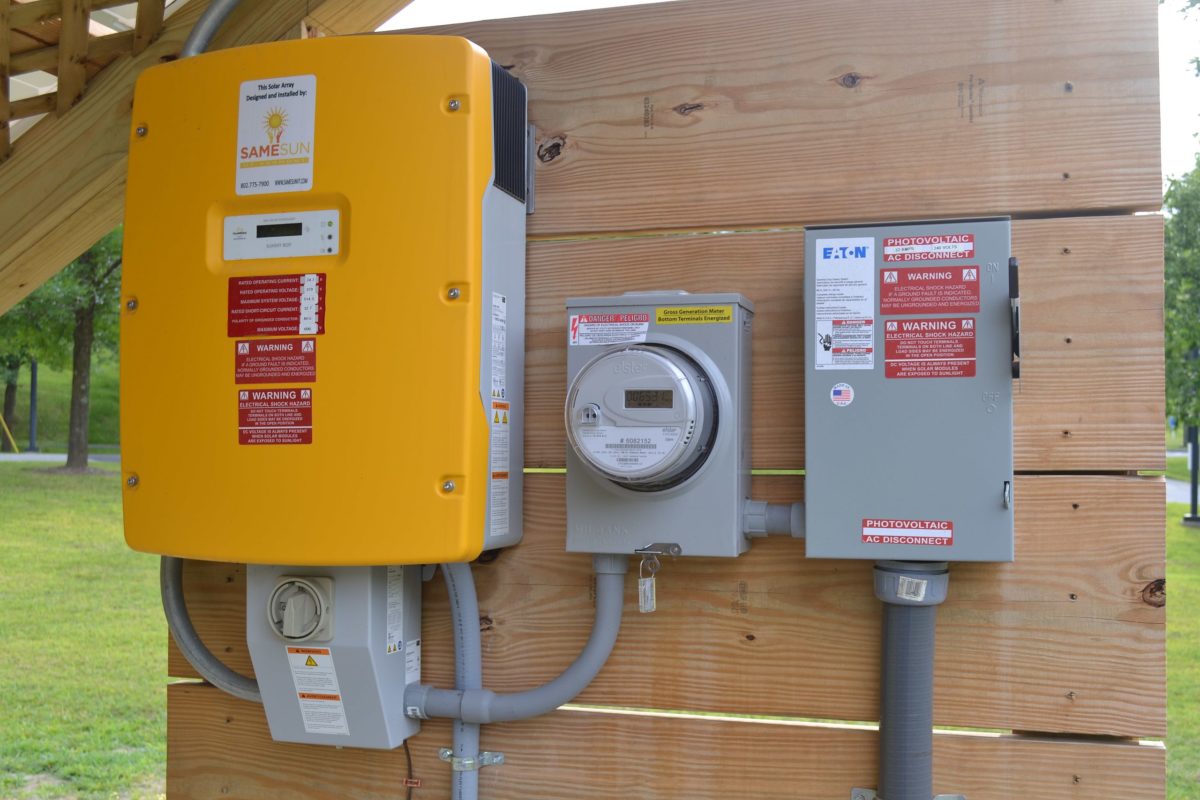
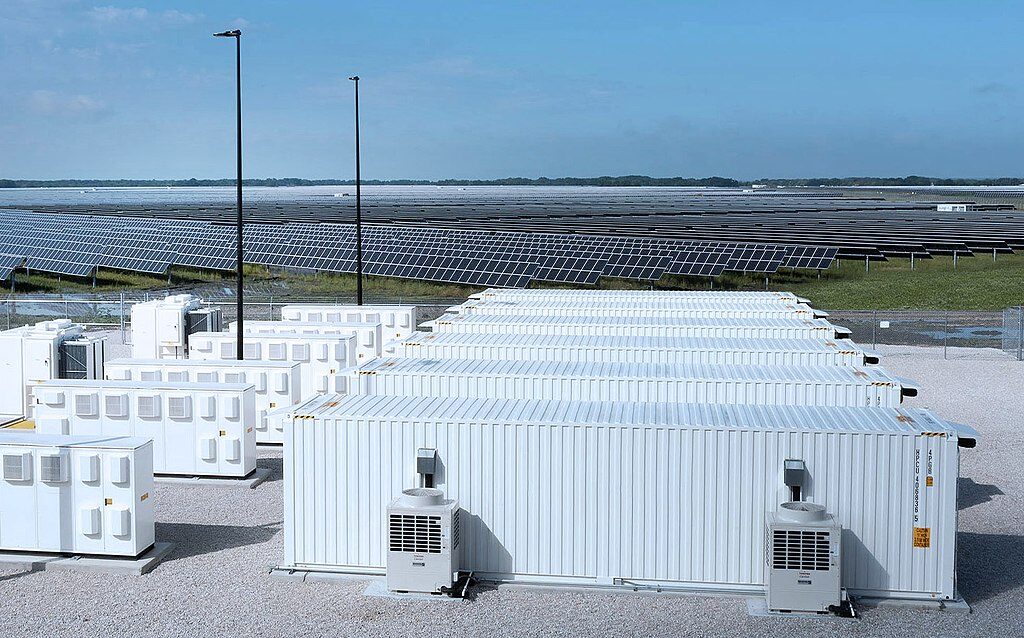



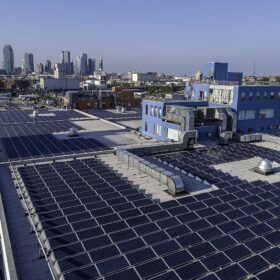
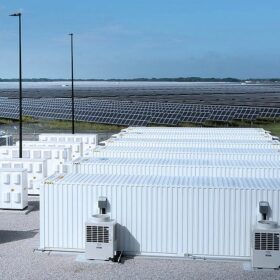

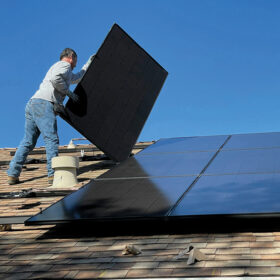
You say south facing homes are better off w string inverters and non optimized roofing better w Micro inverters or enhancers but never say Why??? Please provide the whole story here.
Micro inverters have the advantage to add panels later on providing you have the space. Early micro inverters have electrolytic capacitors instead of thin film capacitors. They are sealed up and unserviceable. String inverters supply one big inverter that can be mounted out of the elements and technically rebuildable. But with new hybrid inverters shit is progressing in efficiency and flexibility. IE battery backup, generator backup. Picking up what I’m putting down!?
Micro inverters have the advantage to add panels later on providing you have the space. Early micro inverters have electrolytic capacitors instead of thin film capacitors. They are sealed up and unserviceable. String inverters supply one big inverter that can be mounted out of the elements and technically rebuildable. But with new hybrid inverters technology is progressing in efficiency and flexibility. IE battery backup, generator backup. Picking up what I’m putting down!?
Gary, with a string inverter, shading one panel, even just a little, clobbers the output of the entire string. That is not an issue with micro-inverters or enhancers. If one panel is shaded, you only lose the output of that one panel
The thought just occurred to me, “How come nobody has ever designed and built a mother board that incorporates a capacitor that can be “plugged and unplugged” ? This would be reminiscent of the old style TV’s and radios with replaceable tubes. If you have a single point of failure, logic dictates that you design around it. I would certainly contemplate paying 5% more for a more robust device that is important enough that you want functional interruptions to be very short.
Paul,
Consider 5 % here, 5 % there, next thing you know the vendor has priced itself out of contention. I’d like to see inverter vendors add some sort of EMP type protection on the inverter path to ground for a 5% upcharge. My 7.5KW system has been in use for about 3.5 years and the only problem I’ve ever experienced so far was a lightning strike that took out the inverter. The inverter was replaced under warranty but it was a costly 60-day inconvenience as a loss of solar power generation in the months of April and May, prevents me from being able to bank my over-generation to offset energy charges during the winter months.
Like the idea!
Electrolytic capacitors were the 2nd most common failure after vacuum tubes in old radios and TV’s. I used to fish them out of trash when I was a kid in the 60’s and repair them. Went on to become a multidisciplinary engineer.
My 1 year old 10kwH T-400 panel Enphase IQ8+ system had a IQ8+ fail recently and it was reported by enphase. The contractor, Freedom Forever will be over next week to replace it. At least the system let’s us know where it hurts at and the companies involved worked together well.
It’s the power rectifying capacitors that will fail.
As mentioned above having them easily field serviceable would be a great option.
But remember nowadays everything has built in obsolescence. Nothing is built to last or be field serviceable.
It’s all about marketing and making the initial sale.
I have contacted two name brand inverter makers about questions regarding the capacitors, not one has responded.
I know, I worked 30 years in the auto manufacturing as an maintenance technician and it was most always the capacitors that gave out in our power supplies and other electronics.
Since 7/11/11 my 7kw system has had zero problems. Sonny Boy inverter inside garage, 33 Sharp panels. Only thing I do is wash the panels twice a year.
In Nov 2020, I had a 4.8 kWh 10 panel system installed, using Enphase IQ 7 microinverters. Then, in Feb 2023 I added a second system, a 3.16 kWh 8 panel system usi g Enphase IQ 8 microinverters. I have had 3 of the IQ 7s fail. It has always been on the same panel. Enphase has been great at sending replacement microinverters, and the installer has also been good at doing the work of replacing them. Still, these failures cost me 10% of my production, and always seem to happen in the spring or summer when output is the highest. I have to believe that there is a problem with either that panel or the wiring to it. The odds of random failures hitting the very same panel 3 times in a row are astronomical. I am currently waiting for the installer to schedule the latest replacement.
We’ve had a 4KW Sunpower (aka Sunny Boy) inverter with only 2KW of panels installed. It has been operating since 2011. The plan was to oversize the inverter so we could later add panels and not need to upgrade. Instead we’ve overproduced because of the efficiency improvements we’ve made. We have 23 MWh in the bank now and have not paid for energy since we installed. The Inverter is exposed to the desert sun on an east wall but has been problem free so far, probably because we are underdriving it.